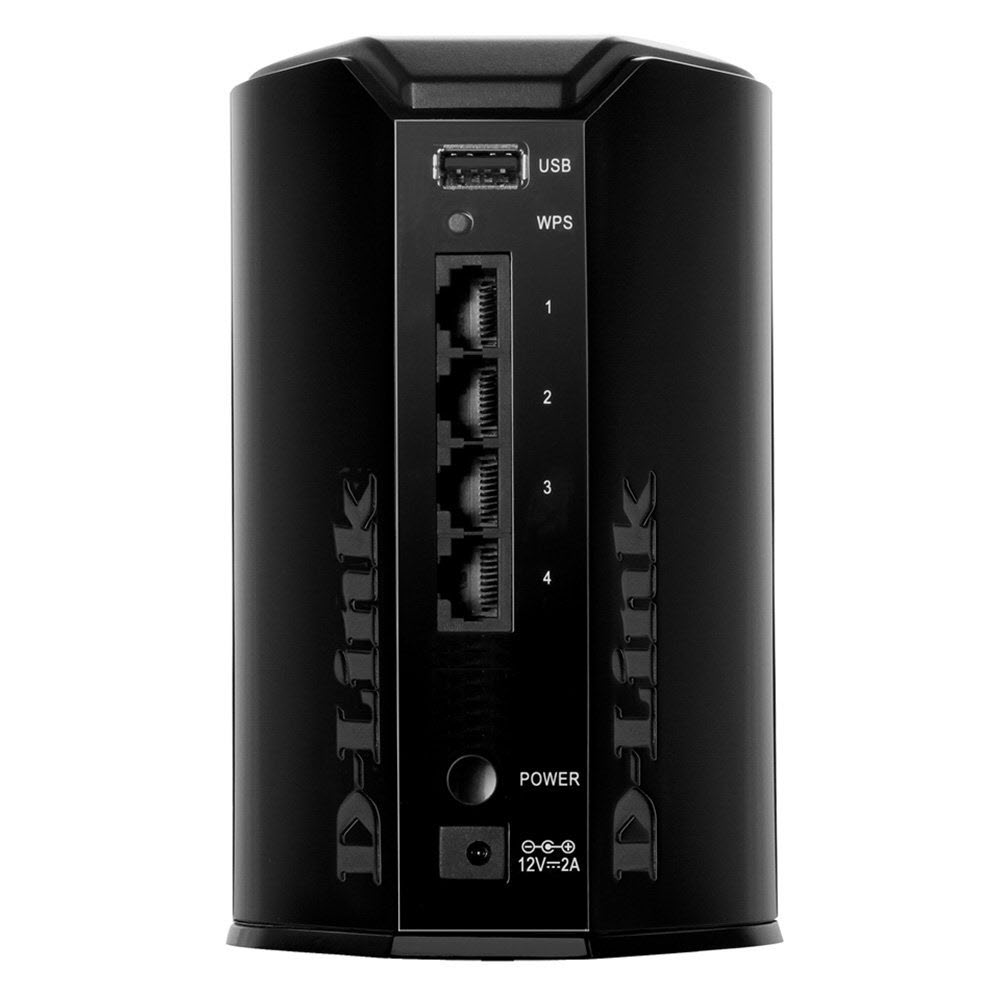AC1200 Wi-Fi Range Extender Round-Up
Today we take four prominent 802.11ac-based range extenders for a test drive to determine the best option for expanding your wireless network.
Conclusion
Why you can trust Tom's Hardware
Wireless range extenders offer a convenient way to extend the reach of your existing network, hitting additional wired and wireless clients. Each of the devices we reviewed will meet that need to varying degrees, and also offer some other features you may find useful.
When you're considering your range extender choices, it's important to first determine what features are most important to you. If gaming or streaming HD video are part of your daily routine, you'll likely want to focus on performance. Music lovers may prefer a model that either offers media server capabilities or can stream audio from their media player.
From a performance point of view, the clear winner was Linksys' RE6500. In addition to boasting the best average speeds, it also had the top throughput in our testing, pushing 157.79 Mb/s from five feet away. Add this performance to a package that supports wireless music streaming, and we're big fans. The two downsides we saw were the RE6500's lack of a USB port and its minimal configuration options. But for most consumers, those aren't huge areas of concern.The REA20 from Amped Wireless came in slightly behind Linksys' offering in our performance testing, with a maximum throughput of 112.68 Mb/s at five feet. On average, though, it demonstrated comparable or better speeds to those of the Linksys RE6500 when using 5GHz. The REA20 did suffer somewhat on the 2.4GHz side, averaging around 20 percent less throughput than Linksys' competitor.
In terms of features, the REA20 was the top AC1200 range extender we tested. There were areas where Amped Wireless fell short, like USB port speed and media server capabilities. But the management interface for setting up and configuring a wireless network were far above those offered by the other contenders.
Both the D-Link DAP-1650 and the Netgear EX6200 took it on the chin in our performance testing, averaging 12 Mb/s and 10.5 Mb/s on 2.4GHz, and 39.45 Mb/s and 36.9 Mb/s on 5GHz. This performance hit could be explained by the fact that both the DAP-1650 and the EX6200 offer media server capabilities, which require a large amount of resources. Our testing of the Netgear EX6200 produced some severe performance issues with the latest firmware (V1.0.0.60_1.1.98). Rolling back to firmware version V1.0.0.52_1.1.90 under the guidance of Netgear support resulted in more consistent performance.Clearly, you shouldn't expect to reach the 1200 Mb/s speeds that vendors suggest you can hit with their range extenders, but upwards of 100 Mb/s is fairly reasonable, considering the hurdles a range extender has to negotiate when sending traffic back and forth between a wireless router and a client. Nonetheless, we're certainly looking forward to seeing 802.11ac devices mature, and we're excited about the future of wireless networking in general.
Amped Wireless REA20
Amped Wireless REA20
Reasons to buy
Reasons to avoid

D-Link DAP-1650
D-Link DAP-1650
Reasons to buy
Reasons to avoid

Linksys RE6500
Linksys RE6500
Reasons to buy
Reasons to avoid

Netgear EX6200
Netgear EX6200
Reasons to buy
Reasons to avoid

MORE: All Networking Content
Tim Ferrill is a Contributing Writer for Tom's Hardware. Follow him on Twitter.
Follow us on Facebook, Google+, RSS, Twitter and YouTube.
Get Tom's Hardware's best news and in-depth reviews, straight to your inbox.
-
SurfingDude The test results didn't disclose many of the factors affecting WiFi range and performance, I'd like to know more about these. I think the key factors are:Reply
* Nearest other WiFi unit. Interferance from nearby networks can hurt the signal-to-noise ratio.
* Proximity to walls and ground, as reflected signals may affect signal strength up or down.
* Polarization and coverage pattern, as lobes and nulls are inevitable.
The quantities I am really looking for are:
* Maximum usable range in free air and best conditions.
* Data rate in those conditions.
* Attinuation due to each intervening wall or ceiling on both 2.4 and 5 GHz bands.
With this information I might better evaluate which solution is best for a particular situation.
-
littleleo I think it would have been good to add a price/performance metric to the review. I also would have liked to seen the TP-Link ARCHER C5 AC1200 and Asus RT-AC56U 802.11ac included.Reply -
dmitche3 I'm sure that I'm not the o only one who has questions. So let me ask:Reply
1. From a distance of n feet means that the distance from the router and device is only n feet? Why put an extender 5 feet from the router?
2. I don't know if the link to how you tested is meaningful. How far away from the extender were your wireless devices? If your extender is only 5 feet away from your router who is to say that the PC 's wireless device won't differ and add a variable to the equation that is not accounted for?
3. Line of site, walls? If y your office is 50 feet as you described how did you test 75 feet?
-
Jeff_64 LOL zodiacfml!! man that was a good one hly shit. haha fuck, thats actually a really mean troll when i think about it though because the people that are beginners might take you seriously and actually buy a wifi router and will be really confused when they have to run an ethernet cable to it... but pretty good joke nonetheless i guessReply